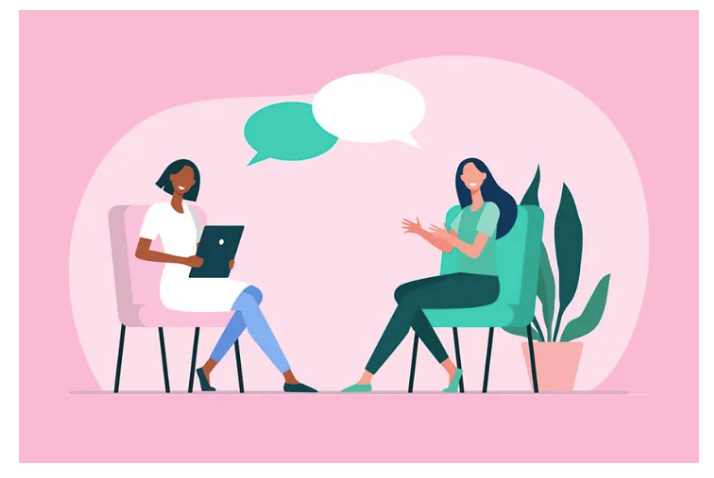Personally, I first went to therapy when I was 11 years old. I am currently, I think, 43. I still go to therapy although now I predominantly go online. In 32 years of off-and-on therapy, I am not sure how successful the model is, but I am also not entirely sure I was always ready to listen and change, and that needs to be factored in as well.
Therapy does, however, seem to be on the rise. In 2004, the associated number seemed to be 13% of Americans; now that’s 23–25% depending on what surveys you look at. Plus: a lot of people lie about going to therapy, which needs to be taken into account here. Apparently 42 million Americans sought therapy in 2021, and that number is higher if you consider simple anxiety treatments, i.e. going to a therapist to get some drugs to control anxiety. Makes some sense, as that was Year II of the COVID pandemic.
The fact that more and more people seem to be doing therapy — and that every other ad on a podcast or YouTube is either for a therapy service or Athletic Greens — seems good on face, but there are some undercurrents here we need to watch out as we swim towards our collective glorious mental health future.
Here are some.
Keep reading with a 7-day free trial
Subscribe to What Is Even Happening? to keep reading this post and get 7 days of free access to the full post archives.




